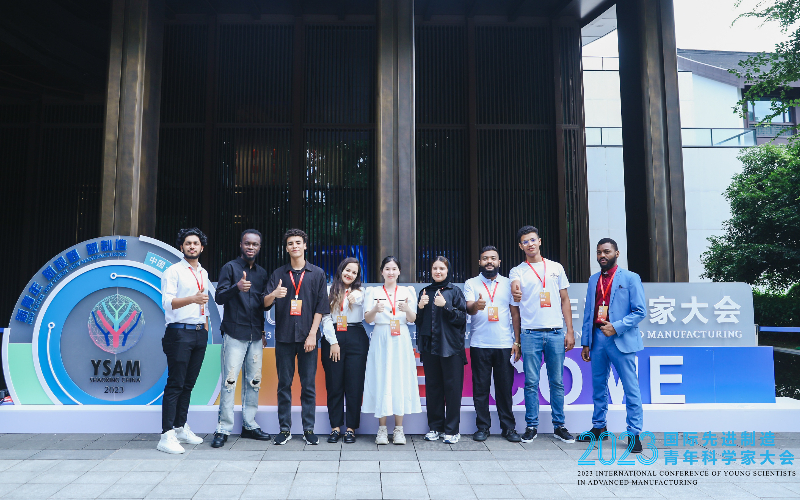Hangzhou summit sees nation moving to common prosperity
Ensuring common prosperity will be crucial to China's realization of building a modern socialist country by the middle of this century, one of the country's two centenary goals, said Ji Bingxuan, vice-chairman of the Standing Committee of the National People's Congress, the country's top legislature.
"One of the keys lies in making the cake bigger and better, and distributing it more fairly through proper institutional arrangements," Ji said.
Ji made the remarks via video link at the Common Prosperity Summit Forum held on Friday in Hangzhou, Zhejiang province.
Gathering online and offline, some 200 participants, including local representatives, experts and entrepreneurs, examined best practices and approaches to realize common prosperity in China.
"Common prosperity" has gained currency as China sets its sights on further narrowing its wealth gap and improving the quality of life for more of its population after eradicating absolute poverty. In May 2021, Zhejiang was designated as a demonstration zone for common prosperity.
"With differences in regions, the realization of common prosperity in China will take a step-by-step approach," Ji said. "Zhejiang has provided a living case for the whole nation to work toward common prosperity."
Ji's comments were echoed by Yuan Jiajun, Party secretary of Zhejiang province.
"We should balance efficiency and fairness," Yuan said, "and establish a wholesome institutional system of primary distribution, secondary distribution and tertiary distribution."
Primary distribution refers to market-led income distribution; secondary distribution means government-led redistribution through measures like taxes; and tertiary distribution focuses on philanthropy and public welfare projects.
Zhejiang's practice and experience will help the nation's efforts in exploring the path of common prosperity, Yuan said.
Over the past year, authorities in Zhejiang have adopted a raft of measures in its pursuit of common prosperity. For example, customized policies for each of the 26 counties and districts in its mountainous areas have been introduced to promote high-quality development. Reforms and action plans have been implemented to expand the middle-income group and raise incomes for the lower-income group, and more quality resources in public services, education, health and eldercare have been allocated in rural areas.
In addition, a number of research institutions on common prosperity have been set up in Zhejiang to provide a more robust theoretical foundation for its realization.
Zhejiang's GDP reached above 7.3 trillion yuan ($1.1 trillion) over the past year, up 8.5 percent year-on-year, and the ratio of disposable income between urban and rural residents in the province dropped slightly to 1.94 from 1.96 in 2020.
The province has set a target of generally achieving common prosperity by 2035, when its per capita GDP and income of its urban and rural residents are expected to be on the same level as those of developed economies.
Meanwhile, the central authorities have issued a series of supporting policies this year to encourage Zhejiang to attain common prosperity.
More tangible progress toward common prosperity is one of the nation's key long-term goals through 2035, when China is expected to achieve basic modernization.





 play
play
